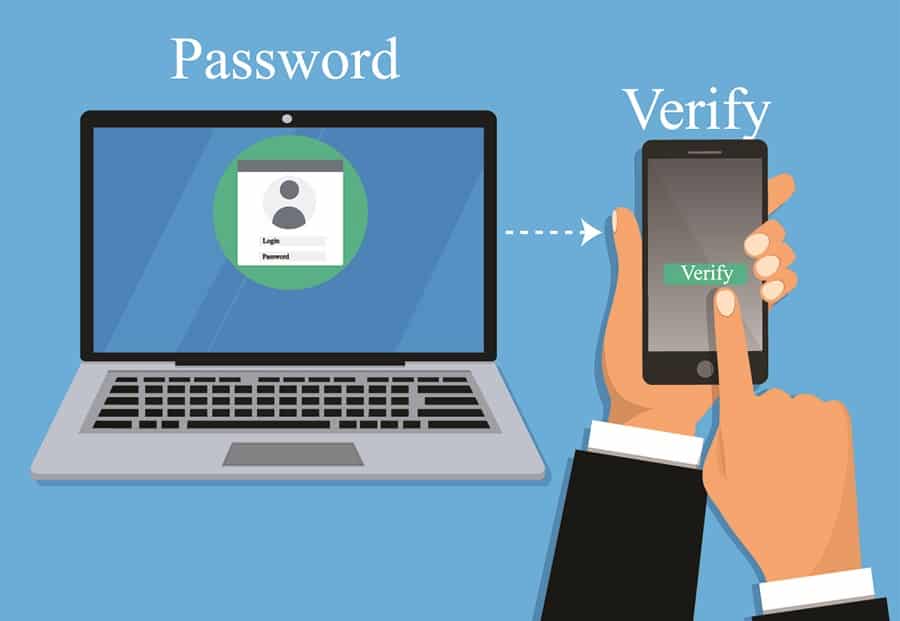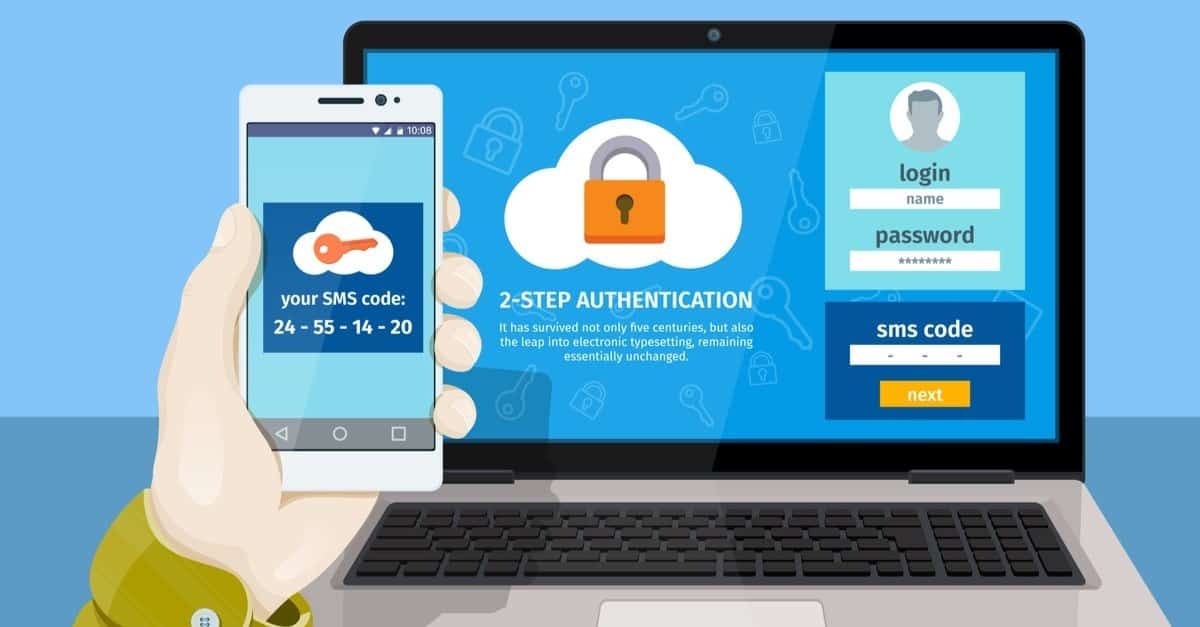Tech Tuesday: Multi-Factor Authentication
By: Kip Kirchberg

Over 10% of users utilize the same top 20 highly unsecure passwords. Cyber criminals do not even need to steal passwords to gain access to accounts. Simply by trying the top 20 most common passwords attackers have at least a 10% chance of gaining access to an account.
The number one password utilized today is “123456” and the second most popular is “password”. While the Cyber Security community has worked hard to convince users to utilize strong passwords. It has become a harsh reality that this has created other complex issues and challenges for users.
To add fuel to the fire cyber criminals are able to leverage cloud technologies such as AWS and Azure to build computer resources powerful enough to crack 10-character passwords. A 10-character password has approximately 3.76 quadrillion possible combinations and can be cracked in approximately 30 seconds.
The Information Technology and Cyber Security Industry feel strongly that some type of multi-factor authentication practice is the most effective way to control and protect personal or enterprise user accounts and data.

Multi-factor authentication is a secure authentication method in which users are required to show more than one type of identification to gain access to user or data resources.
- Something the user would know – like a password
- Something a user would not know – like a PIN or code they receive on a mobile device or hardware token.
For the individual users you can utilize programs such as Authy to enable 2-factor authentication for your favorite websites such as paypal, facebook, amazon, gmail, plus much more. In short Authy is an application that can be used on a desktop, multiple mobile devices, and even be backed up and secured offline. You can find more information at Authy.com.
For the enterprise there are several different ways to secure your Active Directory environment. Some of the simplest on the market are Cisco’s Duo Security or Microsoft’s Azure AD. I’m sure there are plenty of other good options, however, these are a couple that I have had great success with.
Implementing multi-factor authentication for the enterprise will come at an additional costs and investment. Plus there are some items that must be taken into consideration when deploying a solution in every environment. Thinking that Multi-factor for AD is a simple plug and play solution could have devastating affects if not properly planned out and implemented.
Overall the implementation of Multi-Factor for both personal and business is well worth the nuisance of installation in the long run. When launched in your environment you will have a renowned sense of peace knowing that your accounts are better protected and safer from Cyber Attackers.
If you have any questions or concerns, please feel free to reach out at [email protected] or at 863-734-8060 to setup a custom consultation.

